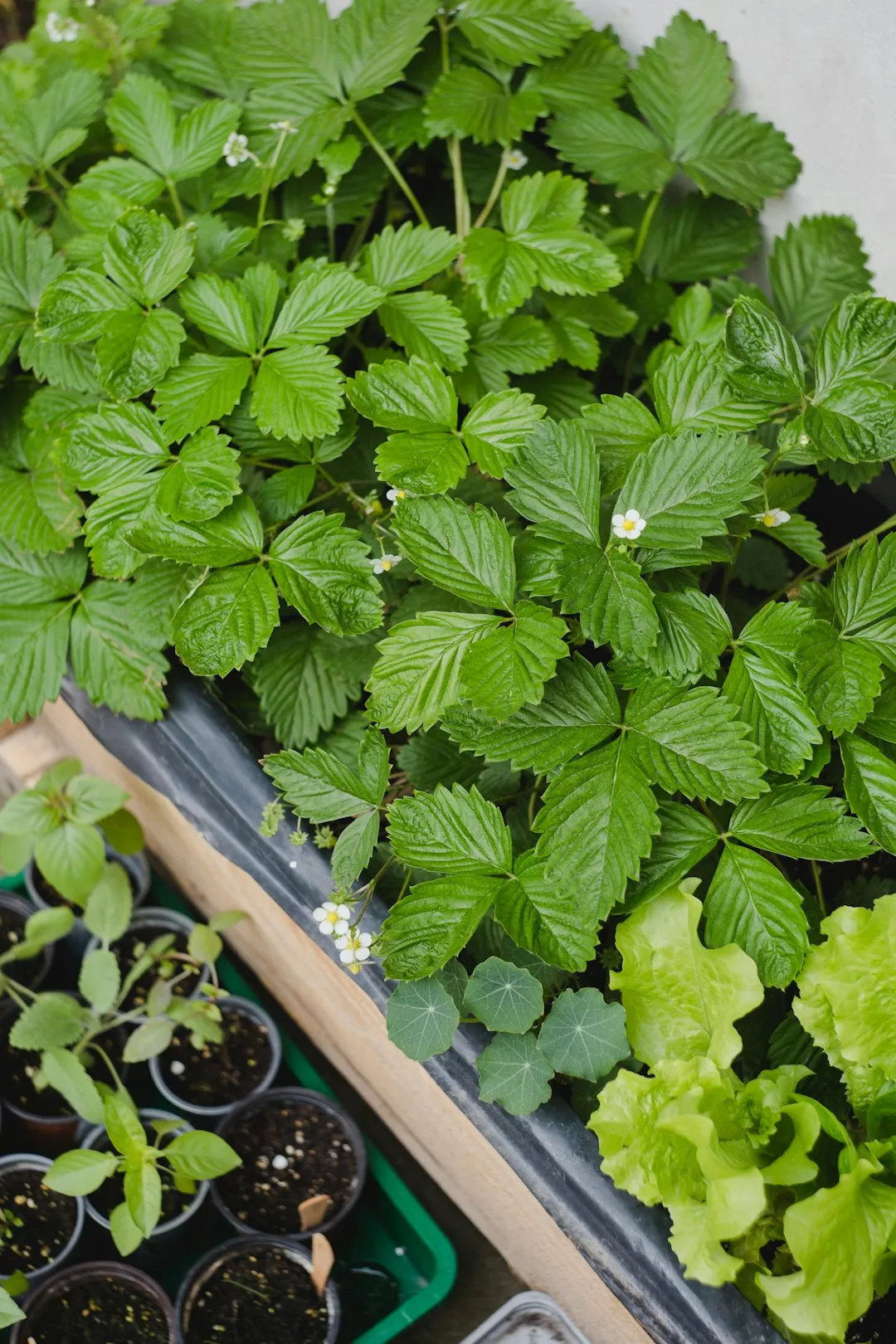The Enigmatic World of Purple Pansies

In the realm of flowers, few are as charming and full of hidden meanings as the little purple pansies. These delicate blooms have captured the hearts of gardeners and flower enthusiasts alike, not only for their beauty but also for the rich symbolism and significance they carry.
Let's start by delving into the symbolism of purple pansies. Purple has long been associated with royalty, luxury, and spirituality. When it comes to pansies, the purple hue adds an extra layer of depth to their meaning. Purple pansies are often seen as a symbol of thoughtfulness and remembrance. They are the perfect flower to give to someone when you want to show that you've been thinking about them, or to honor the memory of a loved one.
One of the most interesting aspects of pansies is their unique appearance. With their distinct "faces," pansies seem to have personalities of their own. The petals, often ruffled and overlapping, create a soft and inviting look. The purple pansies, in particular, have a regal air about them, with their deep, rich color that can range from a soft lavender to a bold, almost blackish - purple.
Now, let's talk about the fun facts surrounding pansies. Did you know that pansies are a type of viola? They are part of the Violaceae family, which includes around 500 different species. Pansies are known for their hardiness and adaptability. They can thrive in a variety of conditions, from cool spring gardens to mild fall landscapes. This makes them a popular choice for gardeners who want to add a splash of color to their outdoor spaces throughout the changing seasons.
Another fascinating fact is that pansies have a long history of use in herbal medicine. In the past, they were used to treat various ailments, including skin conditions and respiratory problems. While modern medicine has largely replaced these uses, it's still interesting to think about the role these flowers played in traditional healing practices.
When it comes to birth months, pansies are the flower associated with February. People born in this month are said to inherit the pansy's qualities of thoughtfulness and sensitivity. Giving a purple pansy to someone born in February is not only a beautiful gesture but also a way to connect with their birth - month flower and the meanings it holds.
In the world of gardening, purple pansies are a versatile addition. They can be planted in flower beds, window boxes, or containers. Their low - growing habit makes them perfect for edging paths or adding a pop of color to the front of a garden border. When planted in groups, purple pansies create a stunning visual display, with their vibrant colors standing out against the green foliage.
To grow healthy purple pansies, it's important to provide them with the right conditions. They prefer well - drained soil and partial sun. Too much direct sunlight can cause the flowers to fade, while too little light can result in leggy growth. Regular watering is also essential, but be careful not to overwater, as pansies don't like soggy soil.
Deadheading, or removing the spent flowers, is another important aspect of pansy care. This encourages the plant to produce more blooms and keeps the plant looking tidy. With a little bit of attention and care, your purple pansies will reward you with a continuous display of beautiful flowers throughout the growing season.
In conclusion, purple pansies are more than just pretty flowers. They are a symbol of thoughtfulness, a piece of botanical history, and a wonderful addition to any garden. Whether you're giving them as a gift, using them in herbal remedies, or simply enjoying their beauty in your own outdoor space, purple pansies are sure to bring joy and meaning to your life.